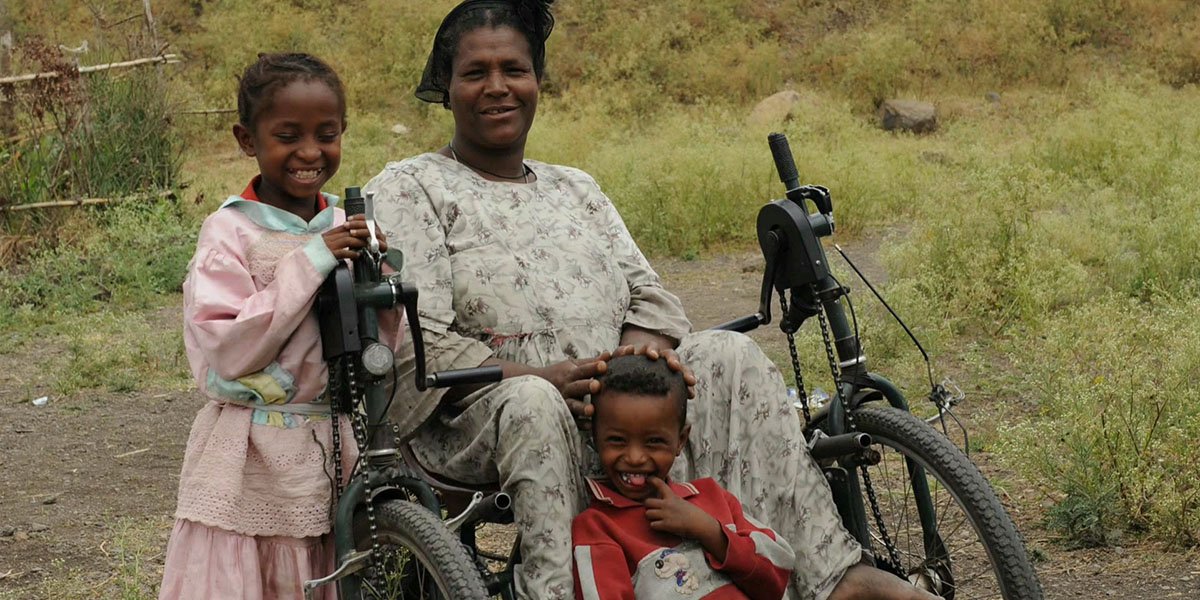

Paul Williams was so enamoured by his first Habitat for Humanity overseas volunteering experience that he has since encouraged friends and family to get involved too. Here he tells us how and why overseas volunteering has become a family affair…
Images of difficult, sometimes dire situations. We see them all the time – sometimes we are moved to donate to whichever cause is trying to help out, but often we feel helpless.
I vividly remember the first time we visited Cape Town in South Africa and, on the journey from the airport to the city, witnessing the shocking scene of tens of thousands of people living in incredibly challenging conditions, in ramshackle sheds cobbled together from scrap metal, wood and leaky tarpaulins.
We felt that inability to help. So when in 2007 I saw a flyer describing Habitat for Humanity’s involvement in the Desmond Tutu Build in Mfuleni, just off that airport road, I had to sign up immediately – also encouraging some friends and my brother-in-law to come too for a week-long trip to help.
And it was brilliant; seeing how Habitat for Humanity had worked with the community to make this a sustainable project. Getting totally immersed in the township culture for the 5 full days we were building. Learning how this community made the most of the little it had materially, and how joy could still abound in such adversity. And seeing how families’ lives could be transformed just by having a decent place to live.
Going back, again and again
The project was on-going and a year later, having seen the enthusiasm I came back with for the project, my wife Justine signed up, along with some more friends – and I couldn’t resist going back too. This was a more challenging week, particularly with unpredictable weather, but it was still fantastic to see houses coming together and families benefiting so much by moving into solid, secure homes.
Justine caught the vision, and had to go again in 2009 – this time not only getting involved in a house-build but also learning how some of the women in the township had started a business making and selling jewellery. We were able to take our kids to the township later in the year to show them too what this amazing project was, and for them to see for themselves the transformation that was going on. Justine elaborates:
“For me, seeing our children grow up in an environment where they could pursue their dreams and passions, highlighted the significant, tangible centre of Habitat for Humanity’s model to come alongside people and give them a hand up, helping them to live rather than just exist.”
To live rather than just exist
In 2010, we both felt we couldn’t leave the volunteering project behind, and went again, helping to build a third house in the same street. Some friends who had accompanied us on previous builds came again, and some others for the first time – but for me the most amazing thing was to stand on the roof and see the sea of red tiles across a large area of the township – such a difference from when I had been previously.
The final year of this particular project was 2011, and Justine went again, this time taking her mother, Gabi. Gabi recalls:
“I had for some years had a feeling that I too should be doing something more pro-active than just making random cash donations to charities. The realisation that in 2012 I would be 70, seemed none too soon to take some action. As Justine was going out to Mfuleni and didn’t seem appalled at being accompanied by her mother, I undertook my first build – and was hooked!”
Although this particular Habitat for Humanity overseas volunteering project using international volunteers had come to an end, the township was in a good place – the work was sustainable, the community had caught the vision, and other charities were also still helping out.
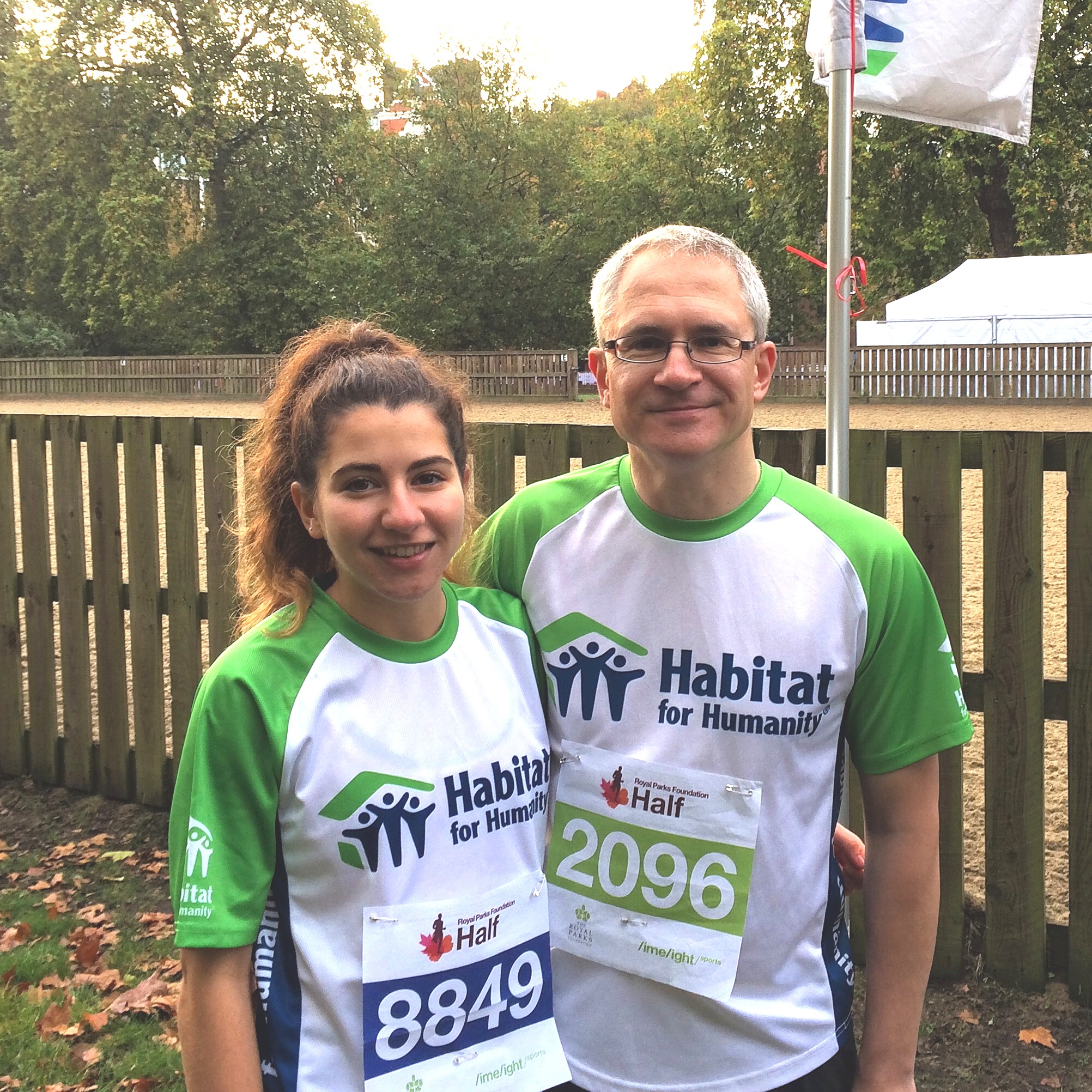
However Habitat for Humanity’s worked continued in South Africa and around the world – as Gabi explains:
“The next opportunity was one of the Global Village builds in Nepal. A very different experience to Mfuleni; building a complete small village rather than an in-fill house on an existing site, naturally meant a different dynamic. However, on a personal level, both projects were equally fulfilling.
The opportunity to make a real difference to another human being without making the recipient in any way feel a sense of obligation matters a great deal to me. I sincerely hope to be able to return to Nepal and continue the work so disastrously curtailed by the earthquake.”
I was unable to participate in these later builds, but I was happy to support Gabi and Justine as they went, and the charity’s other work, and found that one way I could do this was by running the Royal Parks Half Marathon in London – also helping me to get fit after a life of only running for trains! I’ve now done this four years running, also having our daughter Kerry run one with me. Justine will be running the 2016 half marathon with me.
So overseas volunteering has become a bit of a family thing. We love supporting a charity that figures out the most effective, practical and sustainable way to help communities in desperate need. And it has been amazing to see such transformation. I think there is something deep in all of us that gives us a desire, even a need to help – and Habitat for Humanity has given us a truly fulfilling way of getting involved. Gabi sums it up:
“I think Ignatius of Loyola puts my commitment neatly:

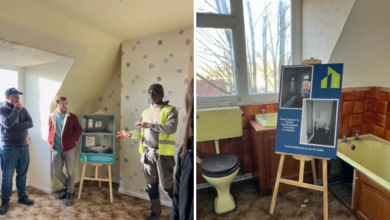
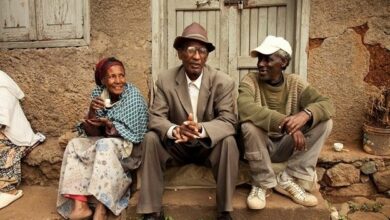
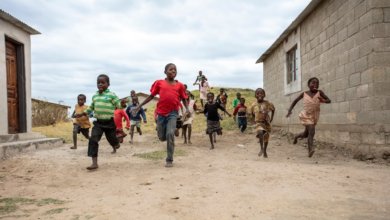
Comments